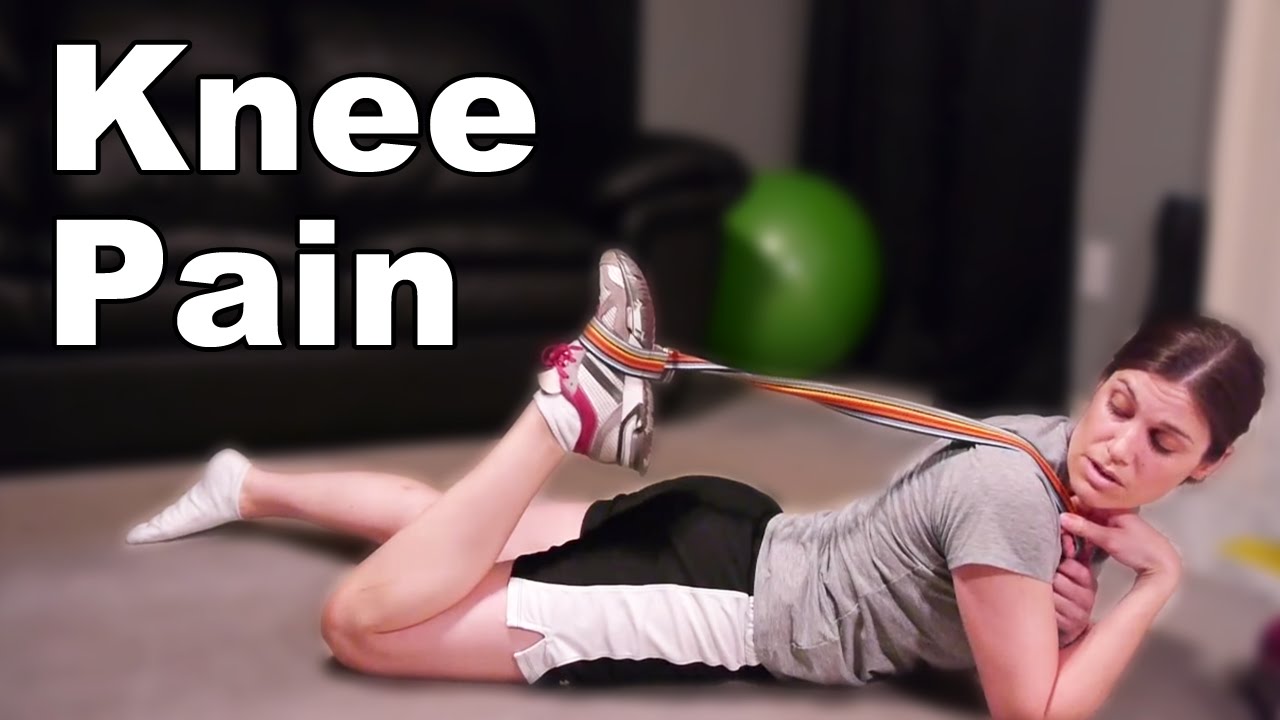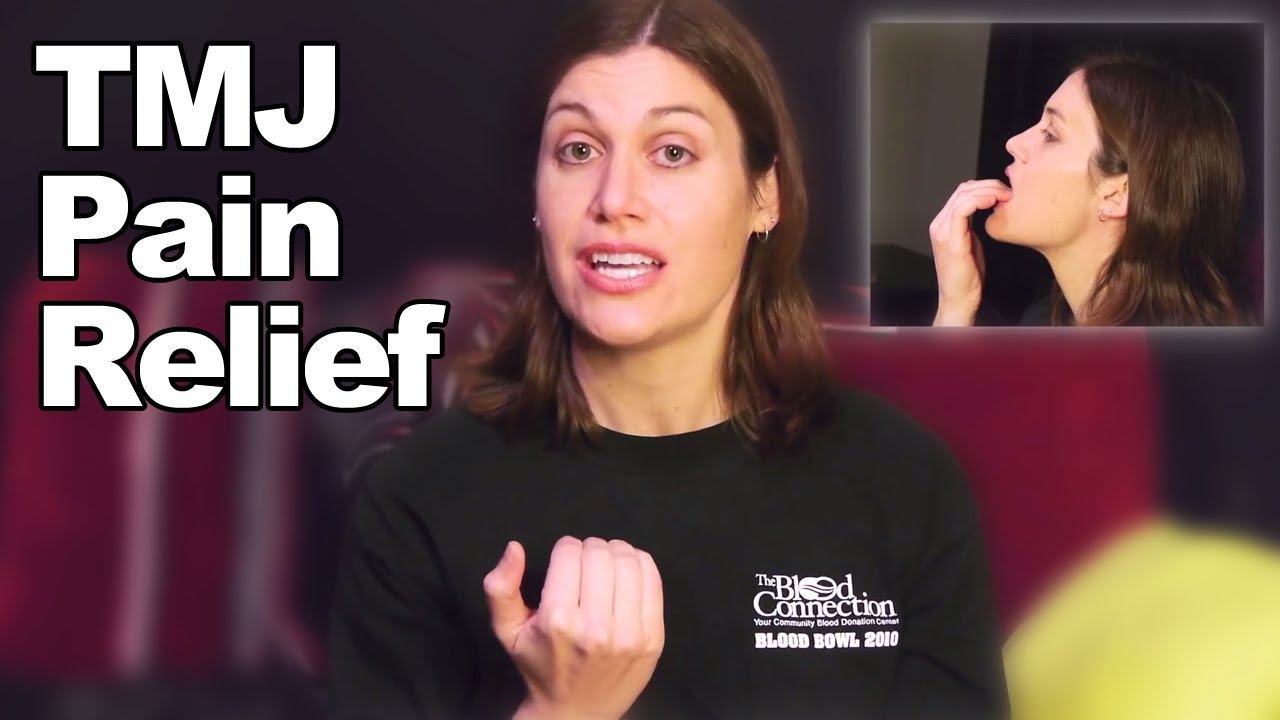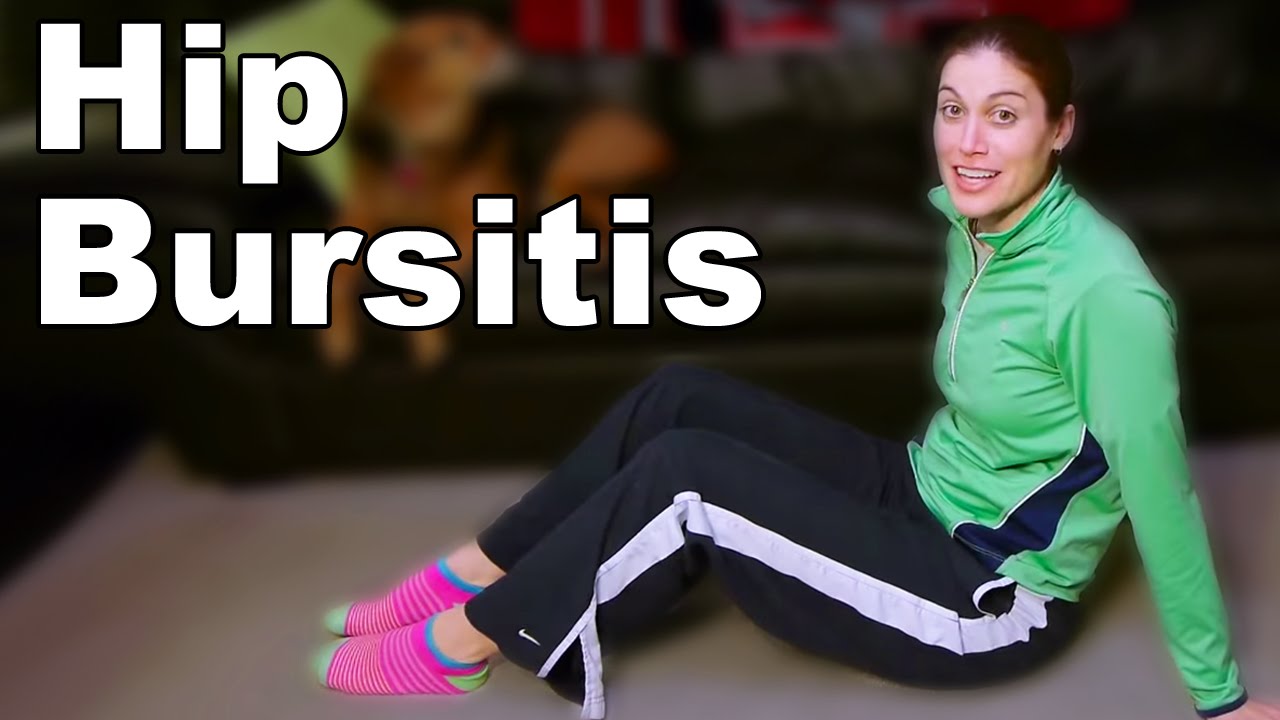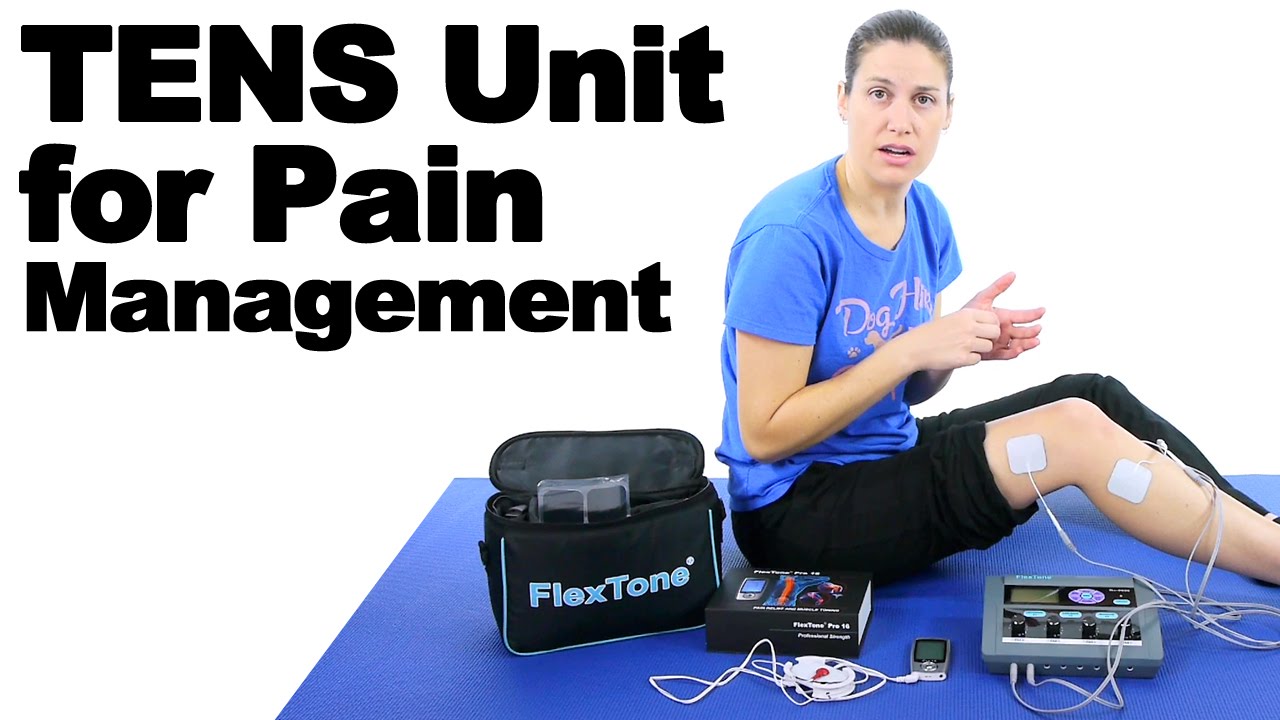Knee Pain Relief Stretches & Exercises: http://www.AskDoctorJo.com Relieve knee pain with Doctor Jo's best stretches and exercises for your knee. Our knees can become stiff and painful for many different reasons. The key is to mobilize, stretch, and then strengthen. Patella mobilization will increase range of motion and decrease pain. Then flexion and extension stretches for the quadriceps, hamstrings, and calf muscles will help loosen the knee and increase motion. See Doctor Jo's blog post about this video at http://www.askdoctorjo.com/content/knee-stretches
Doctor Jo on Facebook: http://www.facebook.com/AskDoctorJo
Doctor Jo on Twitter: http://www.twitter.com/AskDoctorJo
More Details About This Video:
Knee pain is very common, and OA or osteoarthritis is one of the main causes of knee pain. It can also be caused by weakness, tendonitis, or bursitis. In more severe cases, you might have injured your meniscus or ligaments. This video will show you some great stretches to keep the pressure from tight muscles off your knee joint. The first stretch is bending the knee, or knee flexion stretch. You can use a belt or dog leash to help you slide your foot towards you. You can do this 10 to 15 times with a little pause at the end stretch. Next you want to move your kneecap, or patella around. This is important because your patella is attached to your quadriceps tendon and your patellar tendon. When those are tight, it is hard to bend your knee. Your leg needs to be straight and relaxed. You can push the patella up and down, superior and inferior, and side-to-side, medial and lateral. You can do this for 2 to 3 minutes.
Now you are going to stretch your calf muscle, or gastrocnemius muscle. Keep your leg straight, and take the belt or leash and place it on the ball of your foot. Relax your leg and then pull your foot towards you. Hold the stretch for 30 seconds, 3 times. Next is a hamstring stretch. There are many ways to stretch them, and you can check out the hamstring stretches video for other ways to stretch them. The most important part of this stretch is to keep your back straight. Many people try to curl their backs to be able to touch their toes. Your hamstrings are attached to what is called the ischial tuberosity, or your butt bone. So if you bend at your back, you are not going to get a good hamstring stretch. Try to bend at your hips.
The last stretch will be on your stomach, or in prone. This will stretch your quadriceps muscle. Take a belt or dog leash and wrap around your foot/ankle. Take the strap and gently pull your foot towards your buttocks until you feel a stretch. Hold for 30 seconds and do it 3 times.
DISCLAIMER: Doctor Jo is a licensed Physical Therapist and Doctor of Physical Therapy, however, this video is only designed to help you perform the correct technique of exercises that have ALREADY been given to you by your health professional. They are NOT to take the place of going to your own doctor or therapist. There are many manual techniques that a therapist can do that simply can not be done on your own. Your own therapist will also ensure that you are doing correct techniques with your exercises and stretching. If these techniques aren't done right, they won't help, and they could make things worse. So, if you experience any pain while doing these techniques, STOP immediately and see your doctor.




